1. Purple Planetrise
It is science fiction made fact: Astronomers have discovered two alien planets around the same star whose orbits come so close together that each rises in the night sky of its sister world like an exotic full moon.
The new-found planets are 1,200 light-years from Earth and an unprecedented find, researchers said. They differ greatly in size and composition but come within just 1.2 million miles (1.9 million kilometres) of each other, closer than any other pair of planets known, according to a new study.
2. New Stonehenge Theory
The mysterious structure of Stonehenge may have been built as a symbol of peace and unity, according to a new theory by British researchers.
During the monument's construction around 3000 B.C. to 2500 B.C., Britain's Neolithic people were becoming increasingly unified, said study leader Mike Parker Pearson of the University of Sheffield.
"There was a growing island-wide culture - the same styles of houses, pottery and other material forms were used from Orkney to the south coast," Parker Pearson said in a statement, referring to the Orkney Islands of northern Scotland. "This was very different to the regionalism of previous centuries."
3. Super Secret Spy Satellite
A new U.S. spy satellite launched into orbit Wednesday (June 20), kicking off a clandestine national security mission for the National Reconnaissance Office.
The NROL-38 reconnaissance spacecraft lifted off at 8:28 a.m. EDT (1228 GMT) from Space Launch Complex-41 at Cape Canaveral Air Force Station in Florida, atop a United Launch Alliance (ULA) Atlas 5 rocket. It marked a milestone flight for the rocket company, a partnership between Lockheed Martin and Boeing.
4. Cheetah Secrets
Cheetahs and greyhounds have very similar running styles, but somehow the big cats leave their doggy rivals in the dust. Their secret: Cheetahs "switch gears" while running, striding more frequently at higher speeds, new research finds.
Greyhounds, on the other hand, seem to take the same number of strides per second at every speed.
5. Moon Crater Ice
A crater on the moon that is a prime target for human exploration may be tantalizingly rich in ice, though researchers warn it could just as well hold none at all.
The scientists investigated Shackleton Crater, which sits almost directly on the moon's south pole. The crater, named after the Antarctic explorer Ernest Shackleton, is more than 12 miles wide (19 kilometres) and 2 miles deep (3 km) - about as deep as Earth's oceans.
6. Emperor Penguins Slipping Away
Emperor penguins depend on the sea ice that rings the continent of Antarctic, so it's no surprise that global warming, which is expected to melt some of that ice, may be bad news for these flightless, 4-foot (1.2-meter) tall birds.
Since detailed information on most colonies is not available, the research focused on one well-studied colony of emperor penguins, at Terre Adélie in East Antarctica, to get an idea of what might happen to emperor penguins over the course of this century.
7. War & Peace Nebula Captured
Amidst clouds of dust and gas, new stars are born in the constellation of Scorpius. This glittering image is the best ever taken of the War and Peace Nebula, a star-forming region found in Scorpius. Created by the European Southern Observatory's Very Large Telescope, this photograph shows bright blue-white baby stars amidst gas clouds. A stream of dust through the nebula darkens the centre of the image.
The War and Peace Nebula got its name because scientists on the Midcourse Space Experiment thought that one half of the nebula looked like a dove, while the other half looked like a skull. That effect isn't visible in this newest image.
[Note: Some of the images in the original article are not included as they have been presented in previous posts here, here and here.]
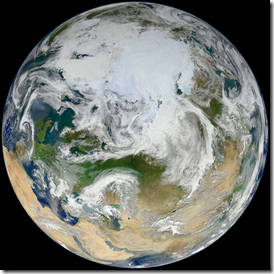


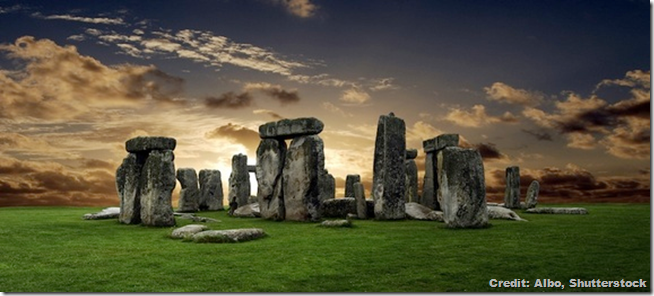

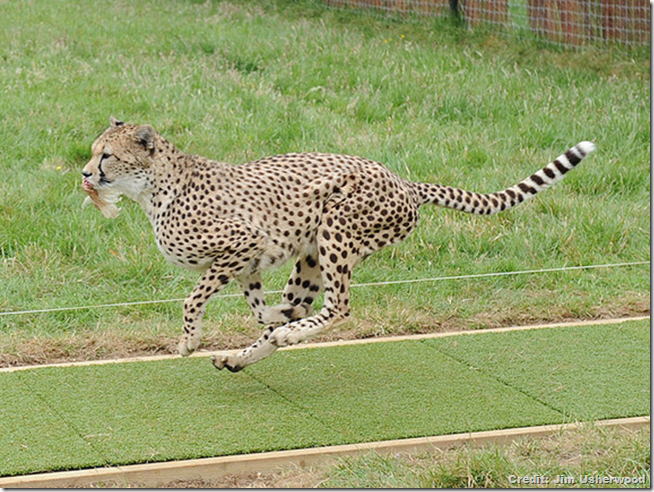

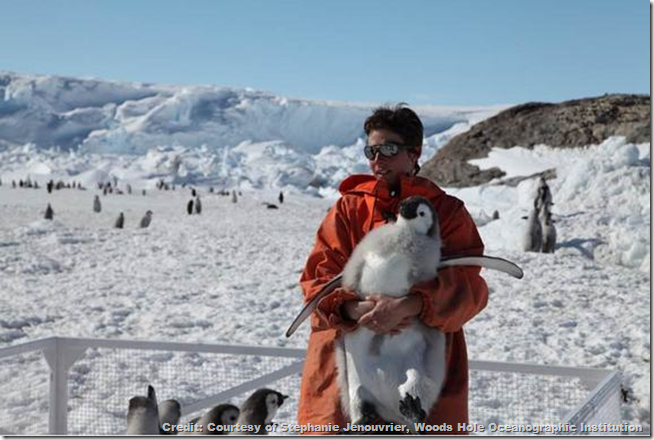
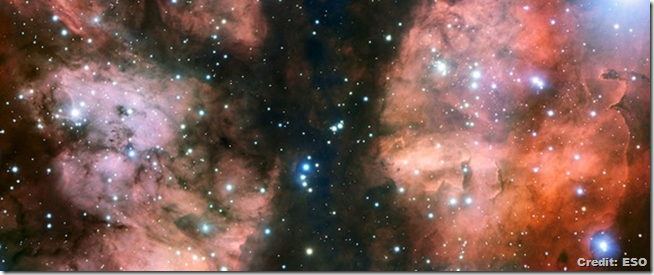
No comments:
Post a Comment
Please adhere to proper blog etiquette when posting your comments. This blog owner will exercise his absolution discretion in allowing or rejecting any comments that are deemed seditious, defamatory, libelous, racist, vulgar, insulting, and other remarks that exhibit similar characteristics. If you insist on using anonymous comments, please write your name or other IDs at the end of your message.